“We first started by growing anything that would easily allow us to enter the market and are now replacing these crops with others that are in higher demand. These are all accessible in vegetable boxes sent directly to clients,” explains Pierre Axiaq, Farmer and owner of Tal-Kampanjol Aquaponics Farm in Malta.
Tal-Kampanjol Aquaponics Farm began in 2014 when Pierre and his two colleagues resolved to produce local and nutritious produce in response to climate change challenges faced in Malta. The trio began with a prototype spanning 20 square meters, in which they tried various techniques from multiple disciplines and then filtered out what did or didn’t work. The farm then received funding to build a larger facility.
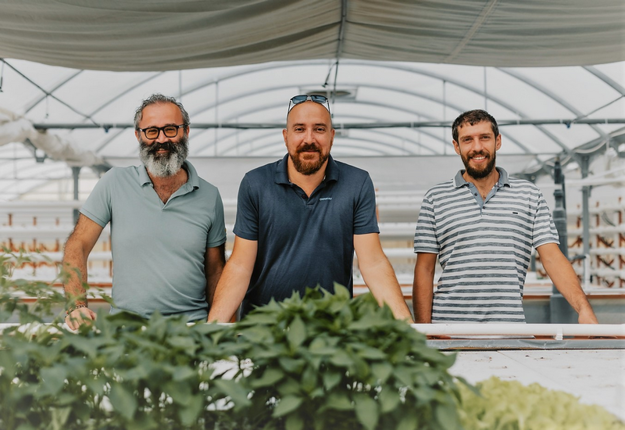
The founders of Tal-Kampanjol Aquaponics Farm
“It took us roughly four years of testing before we felt comfortable setting up something larger, after which we built our 1.536 square meter greenhouse from scratch ourselves, which took us another 4 years to finish,” explains Pierre.
Tal-Kampanjol Aquaponics Farm uses in-house-built automated climate control and irrigation system and has three types of plant growing systems: sand beds, deep water culture, and nutrient film technique. The farm is looking to shift as much of its production vertical as possible as vertical farming increases its production capacity by 4-5 times, but it is also trickier to manage.
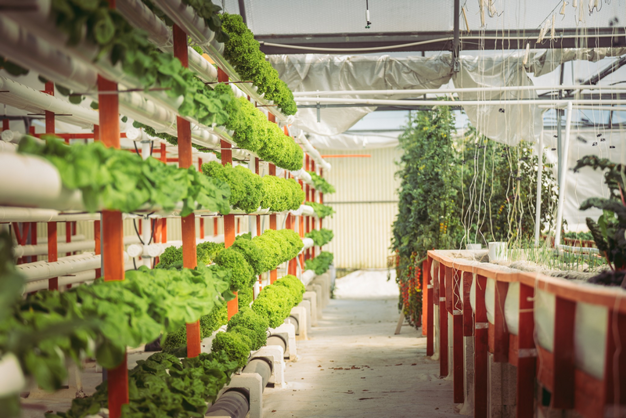
The farm uses various farming methods to cultivate its products
As it stands, the farm’s most popular products are baby spinach and fancy lettuce varieties, but consumers also love cherry tomatoes, cucumbers, bell peppers, and chili peppers. In addition to baby spinach, fancy lettuce, cherry tomatoes, and peppers, they also grow spring onions, leeks, celery, Swiss chard, basil, chives, mint, rosemary, and other herbs and have recently also been growing aubergines, marrows, and bok-choi.
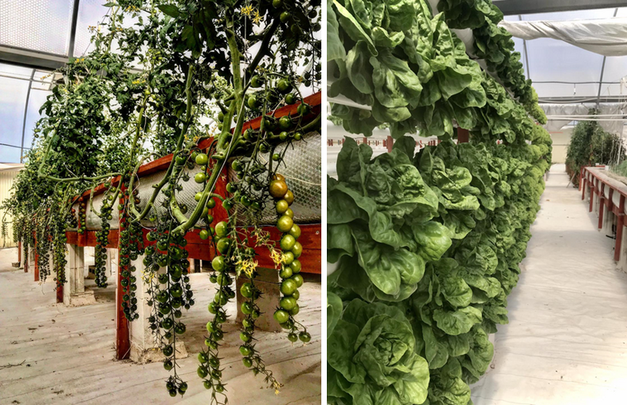
Cherry tomatoes and heads of lettuce
Tal-Kampanjol Aquaponics Farm is currently in its third season of production and is adjusting its crop selection to meet consumer demands. The farm initially worked only with restaurants but now offers weekly vegetable boxes to households as well.
The advantage of selling to households is a better profit margin, as restaurants and hotels require the farm to compete with imported, bulk product that is inherently lower cost. However, provisioning food service providers and households allow Tal-Kampanjol to have a more resilient business model. Moving forward, the company also hopes to get its products into supermarkets.
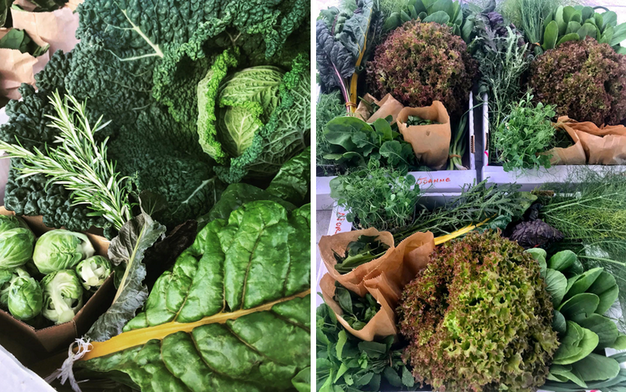
The weekly vegetable boxes
A zero-cost production model
As Pierre explains, Tal-Kampanjol Aquaponic Farms currently has no significant operating costs thanks to its underground water reservoirs, which store rainwater, and its zero-discharge recirculating system, as well as its use of solar panels and battery banks. The farm used its backup generator three times last winter to charge the batteries for the night for later control of the greenhouse environment.
The zero-discharge recirculating system allows the farm to use rainwater all year round, thus preserving water and nutrients whilst minimizing damage to the aquifers from high-nutrient run-off water. Since the farm is mostly run by renewable energy and the plants grown absorb CO2 from the atmosphere to grow, it can be said that the operation within the farm is not simply carbon neutral but carbon negative.
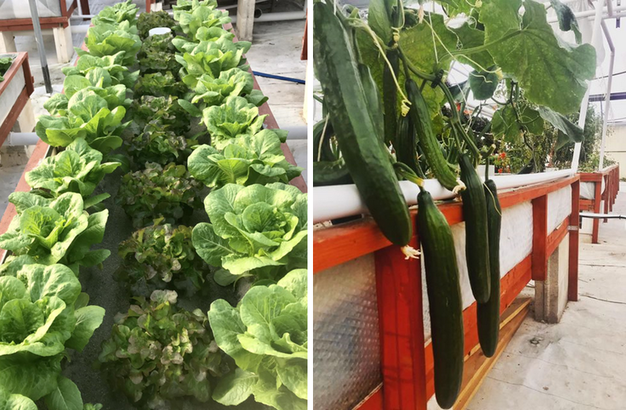
Various lettuce varieties and fresh cucumbers
Thanks to the minimal operating costs, Tal-Kampanjol Aquaponics Farm is quite competitive in its pricing and can provide home consumers with clean, sustainable, and pesticide-free produce without breaking the bank.
“The advantage of our products is fresh, local, and pesticide-free, typically being delivered within an hour of harvesting. This makes a difference compared to imported products, and our brand is slowly becoming known for this,” says Pierre.
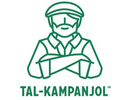 For more information:
For more information:
Pierre Axiaq, Farmer and Owner
Tal-Kampanjol Aquaponic Farms
info@tal-kampanjol.mt
https://tal-kampanjol.mt
